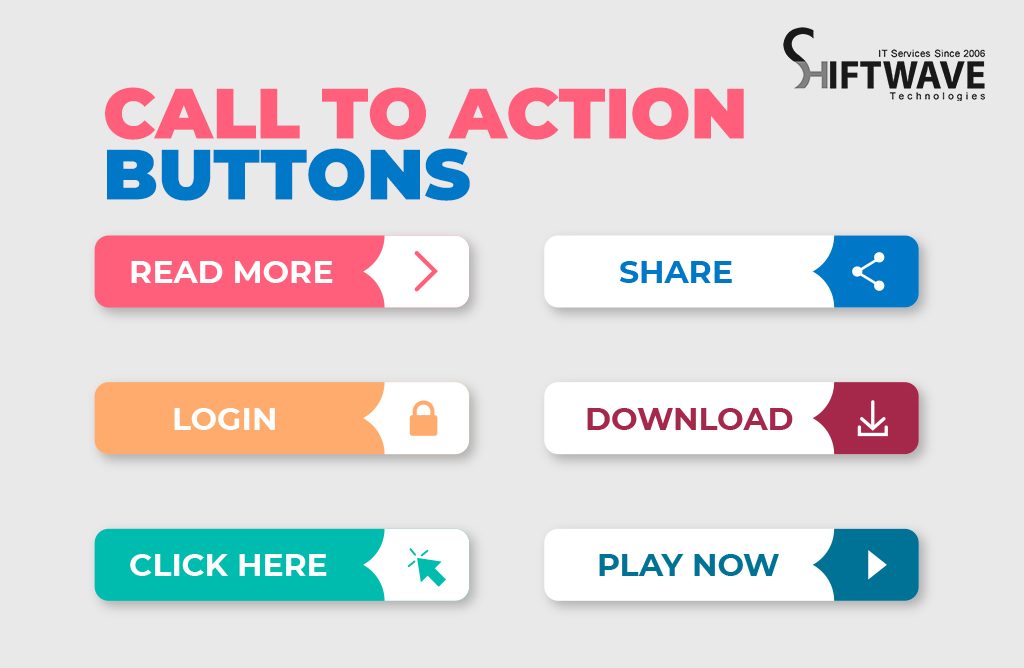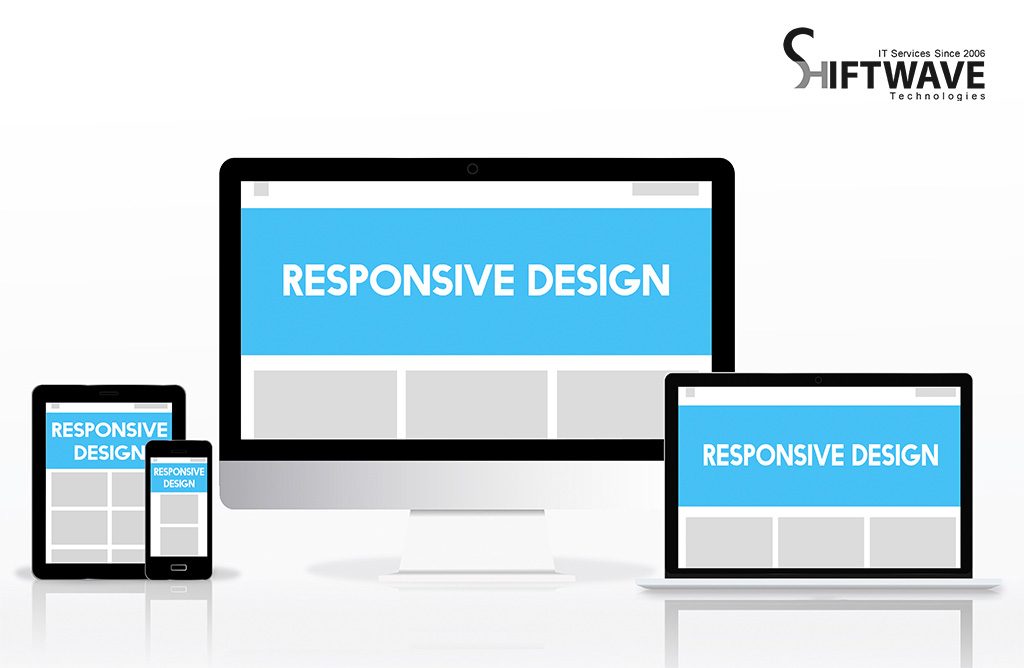The Secrets to Creating High-Converting Landing Pages
Home » Blog » The Secrets to Creating High-Converting Landing Pages

Introduction to High-Converting Landing Pages
A landing page is a web page that is specifically designed to capture the attention of potential customers and persuade them to take a desired action, such as filling out a form or making a purchase. A high-converting landing page is one that achieves a high rate of success in converting visitors into customers.
The secrets to creating high-converting landing pages lie in a combination of factors, including understanding your target audience, crafting a compelling headline, creating a clear and concise message, using effective call-to-actions, designing an eye-catching layout, incorporating social proof, optimizing for mobile devices, and testing and analyzing your landing page.
1. Understanding your Target Audience
The first step in creating a high-converting landing page is understanding your target audience. You need to know who your ideal customer is, what their pain points are, and what motivates them to take action. By understanding your target audience, you can create a landing page that speaks directly to them and addresses their specific needs and desires.
2. Crafting a Compelling Headline
Your headline is the first thing that visitors see when they land on your page. It needs to be attention-grabbing and compelling enough to make them want to stay and learn more. A good headline should be clear, concise, and communicate the benefits of your product or service.

3. Creating a Clear and Concise Message
Your message should be clear and concise, and it should communicate the benefits of your product or service. It should be easy to understand and should avoid using technical jargon or complicated language. Keep in mind that visitors will only spend a few seconds on your page, so make sure your message is easy to read and understand.
4. Using Effective Call-to-Actions
A call-to-action (CTA) is a button or link that prompts visitors to take a desired action, such as filling out a form or making a purchase. Your CTA should be prominently displayed and clearly communicate the action you want visitors to take. Use action-oriented language and make sure your CTA stands out on the page.
5. Designing an Eye-Catching Layout
Your landing page should be visually appealing and easy to navigate. Use images and graphics to break up the text and make your page more engaging. Use a consistent color scheme and typography throughout your page, and make sure your layout is clean and organized.
6. Incorporating Social Proof
Social proof is the idea that people are more likely to take action when they see that others have already done so. Incorporating social proof into your landing page can help increase conversions. This can be done by including customer reviews, testimonials, or social media shares on your page.

7. Optimizing for Mobile Devices
More and more people are browsing the web on their mobile devices, so it’s important to make sure your landing page is optimized for mobile. Your page should be easy to navigate on a small screen and should load quickly on a mobile connection. There are plenty responsive web design and development services are available out there to meet your business requirements.
8. Testing and Analyzing your Landing Page
Once your landing page is live, it’s important to test and analyze its performance. Use tools like Google Analytics to track metrics such as bounce rate, conversion rate, and time on page. Use A/B testing to test different elements of your page, such as your headline, CTA, or layout, to see what works best.
Conclusion
Creating a high-converting landing page requires a combination of factors, including understanding your target audience, crafting a compelling headline, creating a clear and concise message, using effective call-to-actions, designing an eye-catching layout, incorporating social proof, optimizing for mobile devices, and testing and analyzing your landing page. By following these tips, you can create a landing page that effectively captures the attention of potential customers and persuades them to take the desired action.




